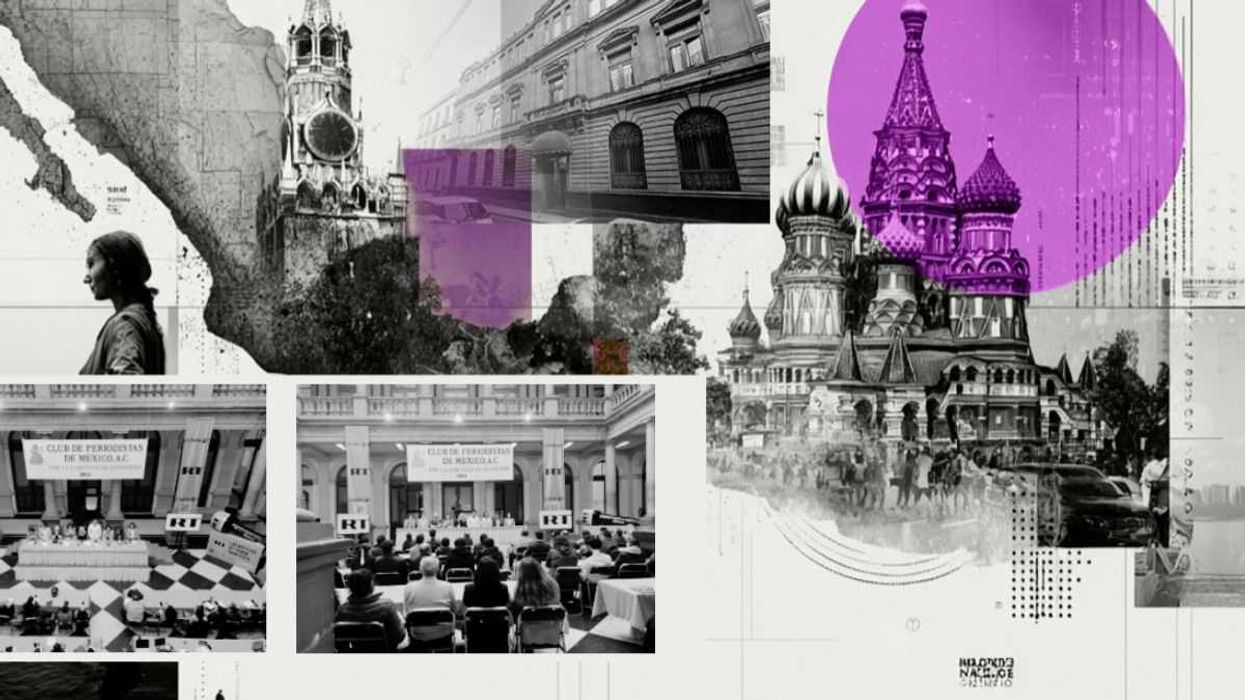Earlier this year, The Fulcrum ran a 32-part series on Project 2025. It was the most read of any series we’ve ever published, perhaps due to the questions and concerns about what portions of Project 2025 might be enacted should Donald Trump get elected to a second term as president of the United States.
Project 2025 is a playbook created by the Heritage Foundation to guide Trump’s first 180 days in office. Our series began June 4 with “ Project 2025 is a threat to democracy,” written by Northern Iowa professor emeritus Steve Corbin. He wrote:
“The 30 chapters are a daunting read. Project 2025 proposes, among a host of things, eliminating the Department of Education, eliminating the Department of Commerce, deploying the U.S. military whenever protests erupt, dismantling the FBI and Department of Homeland Security, removing protections against sexual and gender discrimination, and terminating diversity, equity, inclusion and affirmative action.
“Additional mandates include: siphoning off billions of public school funding, funding private school choice vouchers, phasing out public education’s Title 1 program, gutting the nation’s free school meals program, eliminating the Head Start program, banning books and suppressing any curriculum that discusses the evils of slavery.
“Project 2025 also calls for banning abortion (which makes women second-class citizens), restricting access to contraception, forcing would-be immigrants to be detained in concentration camps, eliminating Title VII and Title IX of the Civil Rights Act, recruiting 54,000 loyal MAGA Republicans to replace existing federal civil servants, and ending America’s bedrock principle that separates church from state.”
Now that Trump has been elected, The Fulcrum has again decided to publish a series on Project 2025. Now, rather than speculating what might happen, we will analyze which portions of Project 2025 are actively being considered, which portions have been modified and which portions are eventually enacted.
As with the first series on Project 2025 we will approach this one from a cross-partisan perspective, void of pre-determined left or right solutions. We want the series to serve as a guide for citizens and perhaps even elected representatives to ensure the healthy democratic republic we all desire.
In the words of the late management guru Peter Drucker, “I am not in favor of big government. I am not in favor of small government. I am in favor of effective government.”
And that is what The Fulcrum works in support of — effective government.
If we are to have a healthy and thriving democratic republic, we need a cross-partisan approach to many of the issues outlined in Project 2025.
As in series one, we will use a solutions journalism approach that focuses on:
- What are the costs and benefits of the various proposals for enactment?
- What is oversimplified about the messaging going forward about Project 2025?
- What are alternative solutions?
- What are the questions nobody's asking?
We will explore the nuances and complexities of the subjects and issues covered in Project 2025. In the coming weeks, The Fulcrum staff and a selection of our regular contributors will report on components of Project 2025 from the above perspective.
We will not shy away from Project 2025’s most controversial components and will call attention to dangerous thinking that threatens our democracy when we see it. However, in doing so, we are committing to not employing accusations, innuendos or misinformation. We will advocate for intellectual honesty to inform and persuade effectively.
Round two of “The Cross-Partisan Project 2025 series” offers The Fulcrum a unique opportunity to provide reporting that banishes the old ways of demonizing “the other side.” We will be committed to implementing critical thinking, reexamining outdated assumptions, and using reason, scientific evidence, and data in formulating and testing public policy for 2025 and beyond. Our reporting and analysis will be based on a philosophy that seeks out diverse perspectives and experiences to find common ground.
Our nation must reshape our collective sense of civic responsibility, community building, and political engagement. We must nurture new generations of thoughtful citizens and committed leaders who will promote a multidimensional approach to America's most important domestic and foreign policy issues.
A complete collection of Fulcrum articles on Project 2025 can be found here.
Becvar is co-publisher of The Fulcrum and executive director of the Bridge Alliance Education Fund. Nevins is co-publisher of The Fulcrum and co-founder and board chairman of the Bridge Alliance Education Fund.























 Source: Corporate Pero Latinos
Source: Corporate Pero Latinos Source: Corporate Pero Latinos
Source: Corporate Pero Latinos Source: Corporate Pero Latinos
Source: Corporate Pero Latinos